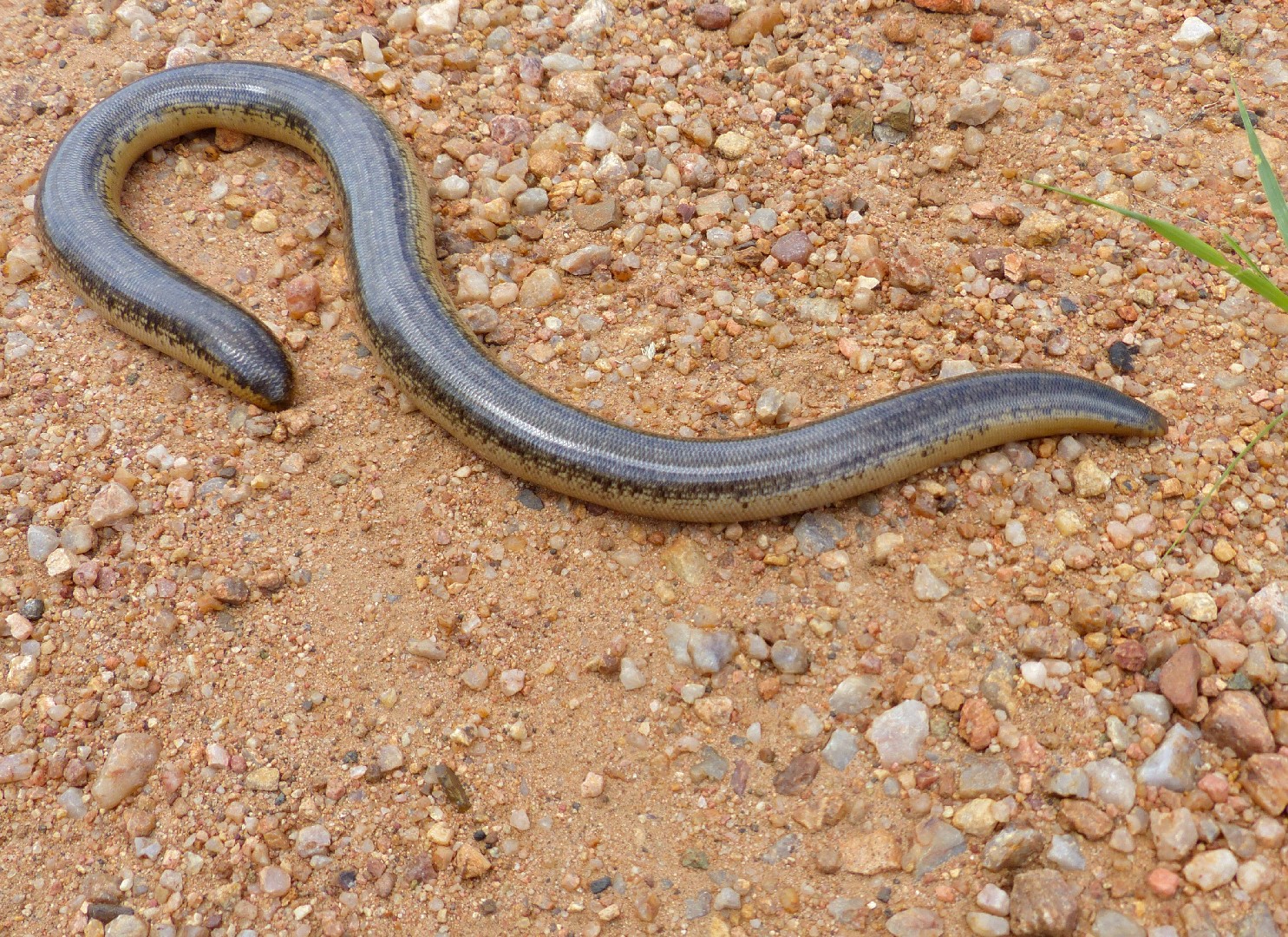Peter's giant blind snake
A species of Afrotyphlops, Also known as Schlegel’s beaked blind snake Scientific name : Afrotyphlops schlegelii Genus : Afrotyphlops
Peter's giant blind snake, A species of Afrotyphlops
Also known as:
Schlegel’s beaked blind snake
Scientific name: Afrotyphlops schlegelii
Genus: Afrotyphlops
Content
Description General Info
 Photo By Bernard DUPONT , used under CC-BY-SA-2.0 /Cropped and compressed from original
Photo By Bernard DUPONT , used under CC-BY-SA-2.0 /Cropped and compressed from original Description
Afrotyphlops schlegelii, commonly known as Schlegel's beaked blind snake or Schlegel's giant blind snake, is a species of snake in the family Typhlopidae. The species is endemic to eastern and southern Africa, and bears the distinction of being the world's largest typhlopid. It is harmless to humans and lives exclusively on a diet of termites.
General Info
Lifespan
15-20 years
Diet
Peter's giant blind snake, also known as Schlegel's beaked blind snake, subsists mainly on ant eggs and larvae. This species is observed to follow ant trails to locate their nests and burrow inside to consume its food.
Appearance
Peter's giant blind snake is a small, slender blind snake. Its skin, covered in smooth, shiny scales, exhibits a predominantly russet to chocolate brown coloration. Noteworthily, it lacks visible eyes, as the optic nerves are covered by opaque scales, a pronounced characteristic of this burrowing species. No significant differences are observed in its appearance due to age, gender or subspecies.
Behavior
Peter's giant blind snake is a solitary, nocturnal species, primarily exhibiting fossorial behavior - burrowing to navigate and locate prey. This species employs a sit-and-wait foraging method, and it's notable for a characteristic wriggling motion to capture their primary diet of invertebrates. Its survival strategy relies on subterranean life, facilitating effective avoidance of predators.
Population
Stable
Scientific Classification
Phylum
Chordates Class
Reptiles Order
Lizards and snakes Family
Blind snakes Genus
Afrotyphlops Species
Peter's giant blind snake